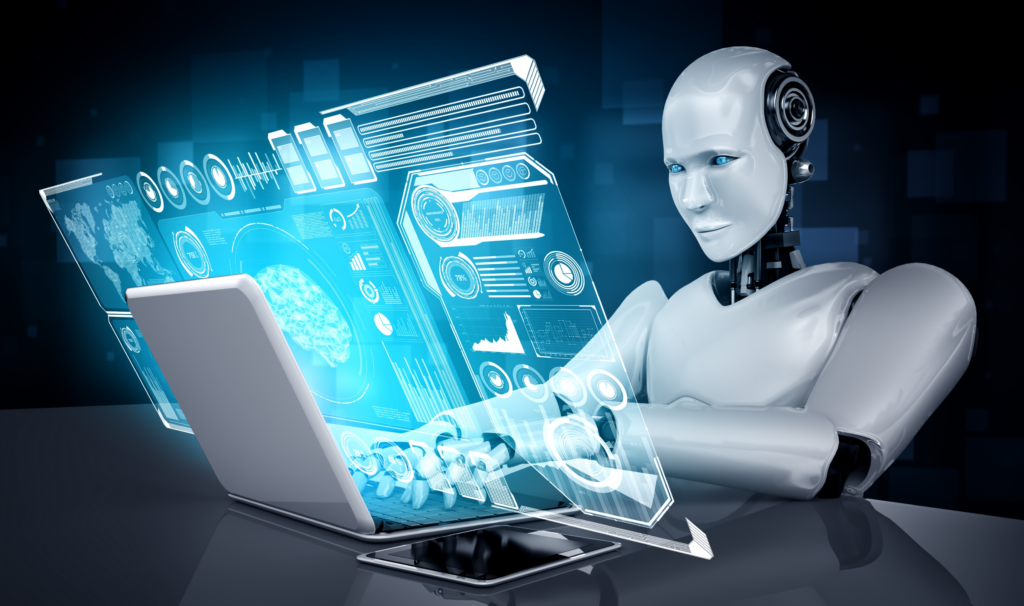
Artificial Intelligence (AI) is considered intelligent due to its ability to mimic human cognitive functions and perform tasks that typically require human intelligence. AI systems can analyze vast amounts of data quickly and accurately, often surpassing human capabilities in specific domains. This level of intelligence is achieved through various techniques, including machine learning, deep learning, and natural language processing.
One key aspect of AI’s intelligence is its capacity to learn and adapt. Machine learning algorithms allow AI systems to improve their performance over time through experience and exposure to data. By continuously analyzing and processing new information, AI can refine its decision-making processes and enhance its problem-solving abilities. This adaptability enables AI to tackle complex problems and make decisions in dynamic and unpredictable environments, traits commonly associated with human intelligence.
Furthermore, AI’s intelligence is evident in its ability to understand and interpret data, recognize patterns, and make predictions or recommendations based on this analysis. Deep learning algorithms, inspired by the structure of the human brain, enable AI systems to extract meaningful insights from data and make informed decisions autonomously. This capability to perceive, reason, and act on information showcases AI’s intelligent behavior.
In conclusion, AI’s intelligence is derived from its capacity to learn, adapt, understand data, and make decisions autonomously. By leveraging advanced algorithms and technologies, AI systems can replicate human cognitive functions and perform tasks that require intelligence and problem-solving capabilities. As AI continues to evolve and improve, its intelligence will only become more sophisticated and comprehensive, further blurring the line between human and artificial intelligence.








